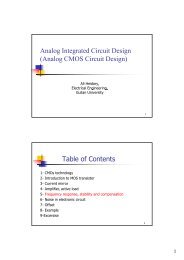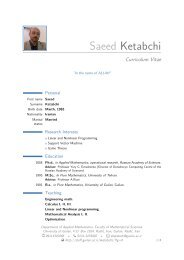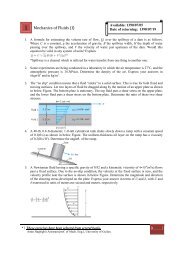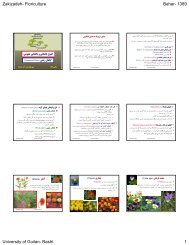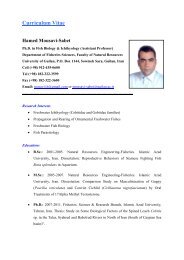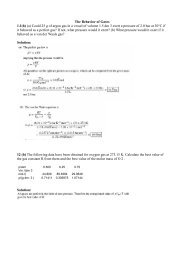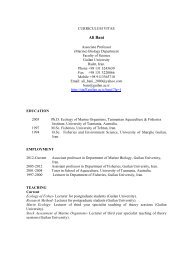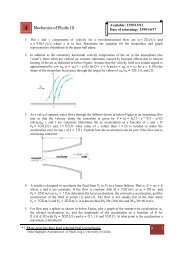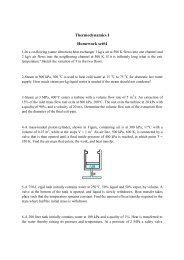Medical Tourism in Developing Countries
Medical Tourism in Developing Countries
Medical Tourism in Developing Countries
- No tags were found...
You also want an ePaper? Increase the reach of your titles
YUMPU automatically turns print PDFs into web optimized ePapers that Google loves.
136 ● <strong>Medical</strong> <strong>Tourism</strong> <strong>in</strong> Develop<strong>in</strong>g <strong>Countries</strong>to grow over time. Yet, it is too simplistic to focus only on technologicalchange, s<strong>in</strong>ce numerous other factors are also relevant. Indeed, Robert Barroclaimed that while technological change theories are important for understand<strong>in</strong>ggrowth as a global phenomenon, as well as growth <strong>in</strong> countries‘at the technological frontier,’ they are less applicable <strong>in</strong> most regions of theworld. There, a return to more classical approaches is preferable, ones that<strong>in</strong>corporate “government policies (<strong>in</strong>clud<strong>in</strong>g <strong>in</strong>stitutional choices that ma<strong>in</strong>ta<strong>in</strong>property rights and free markets), accumulation of human capital, fertilitydecisions, and the diffusion of technology.” 147 The countries studiedhave excelled with respect to the capacity to generate technological change,the capital with which to apply it, the appropriately skilled labor force tosupport <strong>in</strong>novation, the access to markets <strong>in</strong> which to buy and sell products,and the environment (political, <strong>in</strong>stitutional, etc.) to enable all this to occur.In other words, they have satisfied both the requirements for growth setforth by the economists who focus on technology as well as those who focuson nontechnological factors.Thus, countries under study are well suited to spearhead the developmentof medical tourism because they have the advantages listed above(such as low costs of production, domestic human capital, developed <strong>in</strong>frastructureand <strong>in</strong>stitutions, liberalized economies, and so forth). Not everycountry has every advantage. Indeed, while Chile has a dynamic bus<strong>in</strong>essenvironment, its political parties are perceived to be corrupt; India has ademocratic political system, but a mediocre rank<strong>in</strong>g with respect to enforcementof legal contracts. As noted at the beg<strong>in</strong>n<strong>in</strong>g of this chapter, somecritical mass of advantages is necessary, and the composition of that massdiffers from country to country. Together, these advantages provide eachcountry with the capacity to engage <strong>in</strong> medical service trade and to use itas a growth-promot<strong>in</strong>g development strategy. When this capacity is coupledwith <strong>in</strong>centives to promote medical tourism, then countries are poised totake off.What are these <strong>in</strong>centives? The greatest <strong>in</strong>centive comes from thedemand for medical services (discussed <strong>in</strong> chapter 3). A large foreigndemand for health care stimulates supply.In addition, there are secondary <strong>in</strong>centives to supply medical servicesborn from endogenous factors that are particular to each country. Oneexample from Thailand is the overcapacity <strong>in</strong> the medical sector that couldonly be filled with foreign tourists. After the 1997 economic crisis, the Thaigovernment’s health plan was reformed <strong>in</strong> a way that decreased domestic useof private sector health care. As a result, private hospitals with high technologyequipment and high quality health personnel lay fallow and of necessityturned to <strong>in</strong>ternational patients. 148 Another example of an endogenous factor





